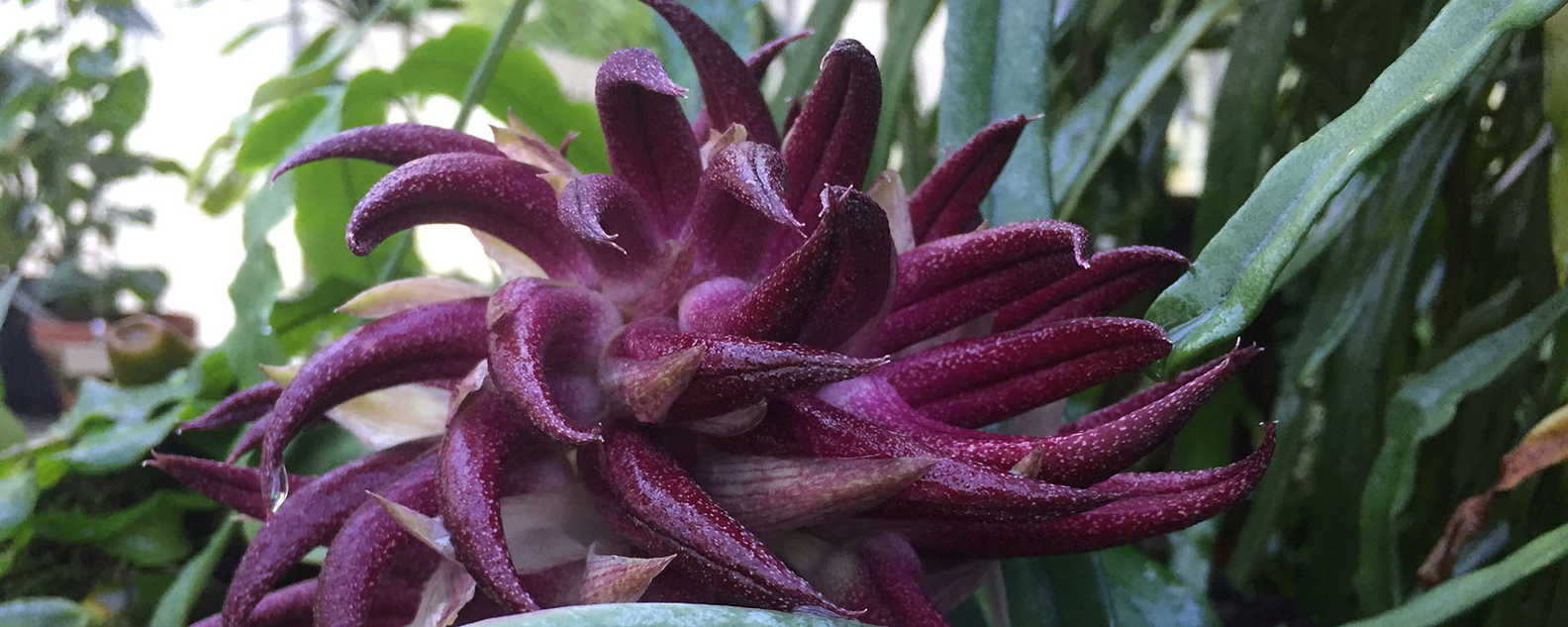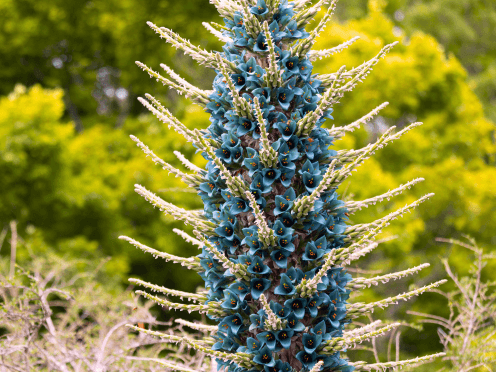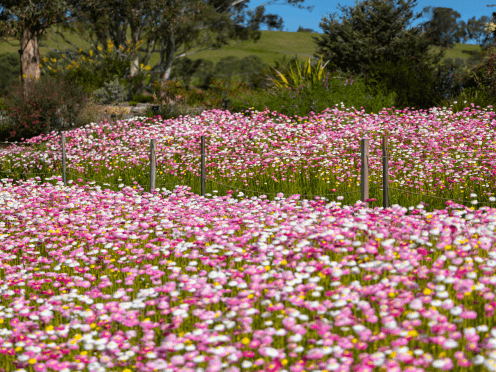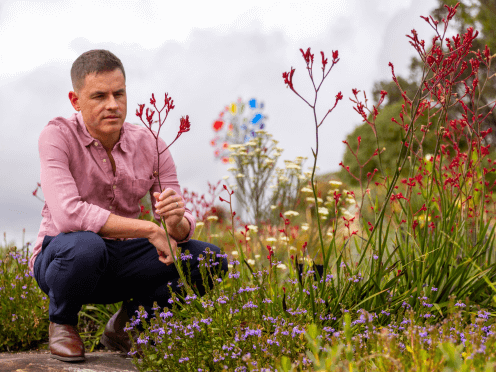5 quirky, smelly and exotic plants in our glasshouses
There are thousands of plants to be seen across the sloping lawns and picturesque horticulture displays of the Royal Botanic Garden Sydney but did you know we have a few tucked away in the glasshouses too?

The nursery and glasshouses are compromised of exotic and rare plants including hundreds of precious orchids. Twice a week the horticulturists and volunteers swing open the doors and take visitors behind the scenes - here is a snapshot of some of the unique beauties only found behind closed doors.
Tongue Orchid
This Bulbophyllum fletcherianum plant is an 80s baby that recently turned 30 years young. It was collected by a passionate orchid collector and researcher, Phil Spence, from a cliff face located on the Sageri Plateau near Port Moresby in Papua New Guinea.
When flowering it absolutely does smell like a dead, rotting rat which is a magnificent evolutionary trick that attracts pollinators such as flies and beetles looking for somewhere to lay their larvae.
This beautiful beast is currently in full bloom which means it's smelling a bit like a morgue inside the glasshouse, a must-smell that won't last long.
Tongue Orchid flowers trick pollinators by smelling like death.
Ant Plant
A safe haven for the tiniest of animals and insects, the internal chambers of Ant Plants (Myrmecodia beccarii) serve as five star accommodation for ants, moths and small frogs.
Most of these plants have an impressive 60% occupancy rate which includes little plant protectors - predators that disturb the plants will be swarmed and warned off by ants that act as security guards.
The sweet story of symbiosis doesn't end there, moth's have evolved to lays eggs on leaves that smell like ant eggs, tricking the ants to carry the moth eggs inside the hollow chambers of the plant.
Once they hatch, the caterpillars are safe to explore the chambers until the are ready to morph into the next stage - adulthood, and like us they are asked to move out of the house.
The Ant Plants at the Garden are blooming and visitors can see their small white flowers and translucent berries over the next few months.
Ant plants have a symbiotic relationship with insects and small animals.
Crystal anthurium
An international traveller, this Anthurium crystallinum was collected from deep inside the Colombian rainforest and made it's way to the Missouri Botanic Garden before it was donated to the Royal Botanic Garden Sydney in 1988.
This is one of the 23 different species of these wonderful heart shaped plants you will see on the Behind the Scenes Sensory Tour. The giant leaves help absorb valuable sunlight beneath the rainforest canopy and the vertically held leaves shed water via the prominent drip tip in areas that receive more than two metres of rainfall a year.
Bizarre and beautiful.
Palma corcho
This cycad, Microcycas calocoma, is from Western Cuba and was donated as seed in 1984 by Fairchild Tropical Botanic Garden. It's thought that there are only 600 of these plants in nature making it one of the rarest cycads in the world and critically endangered.
Through habitat loss and pesticide use in Cuba, there are no known pollinators left in the area for these cycads to thrive and historically there hasn't been a great effort to seed set in the wild for this species.
Plants such as this 35 year old botanic beauty are an important part of the Living Collection at the Garden and help to assist researchers and conservation efforts worldwide.
Locals have used the plant's toxic roots as a rat poison.
Jewel Orchid
Although the large spikes of white and yellow twisting flowers are unique, this orchid isn't known for it's bloom but is instead cultivated for its prized leaves making it unlike any orchids.
The Jewel Orchid (Ludisia discolor) plant is known to grow quickly and sports dark green leaves that are lined with fine white pinstripe markings. This is a monotypic genus, meaning there is only one species in the genus Ludisia. It can be found across Southern China, Thailand, Vietnam, Philippines, Malaysia, Indonesia and Burma.
We expect our Jewel Orchid and many other plants inside the glasshouse to be in flower over the next month.
Go behind the scenes
The horticulture team dedicated to the plants inside the glasshouses told us that there is quite the display of flowers and blooms right now which should last over the next month. The Behind the Scenes Sensory Tour is the perfect way to see the hundreds of quirky, smelly and exotic plants in the glasshouse and also throughout the Garden.
Related stories

An extraordinary display of rare turquoise blooms are starting to flower at the Blue Mountains Botanic Garden Mount Tomah, with one species blooming for the first time ever.

One of the largest paper daisy displays in eastern Australia is in flower at the Australian Botanic Garden Mount Annan.

In this new episode of What the Flora!? discover why this world-first global ‘Tree of Life’ study is a new milestone in understanding the evolutionary history of flowering plants.